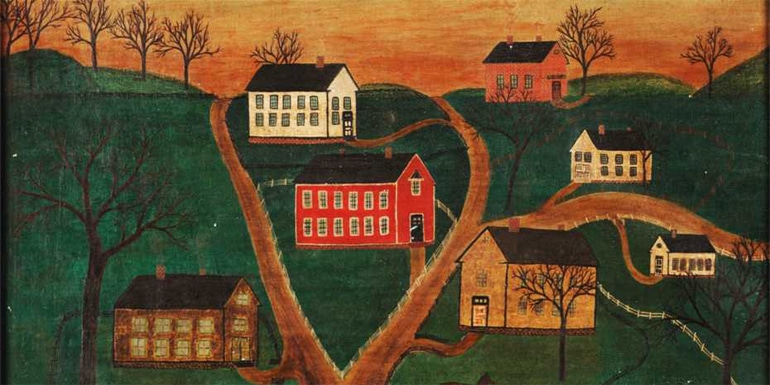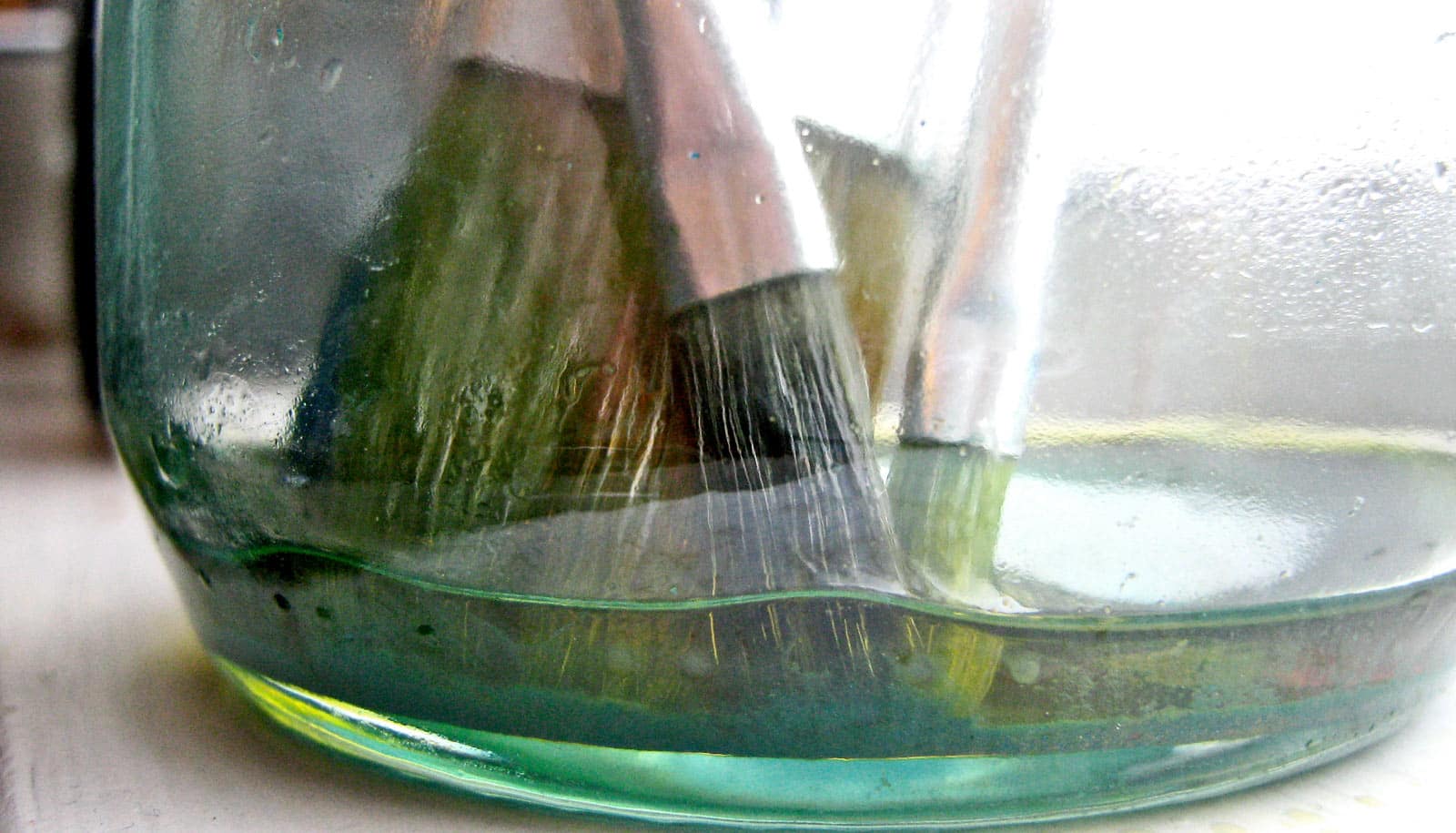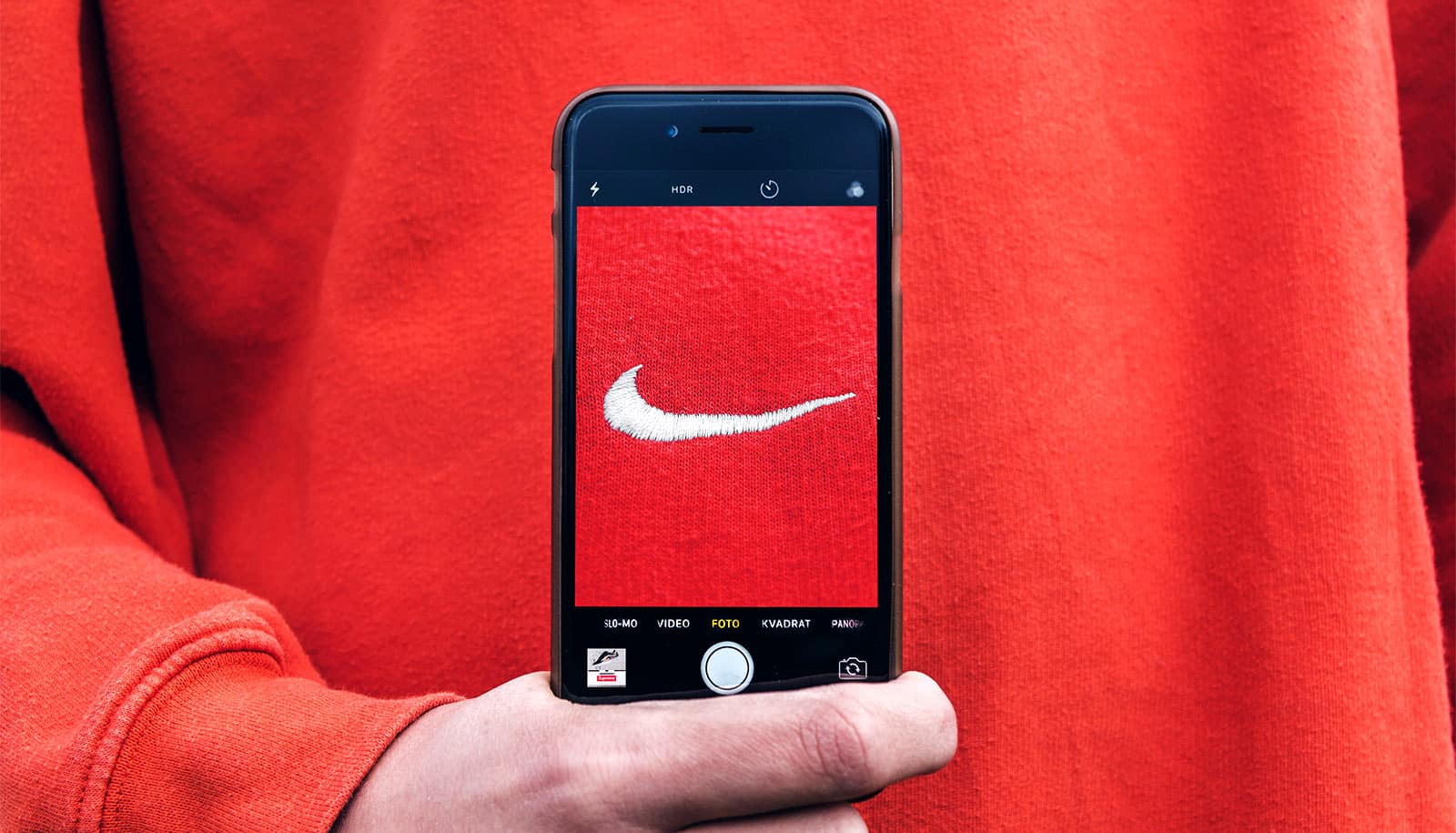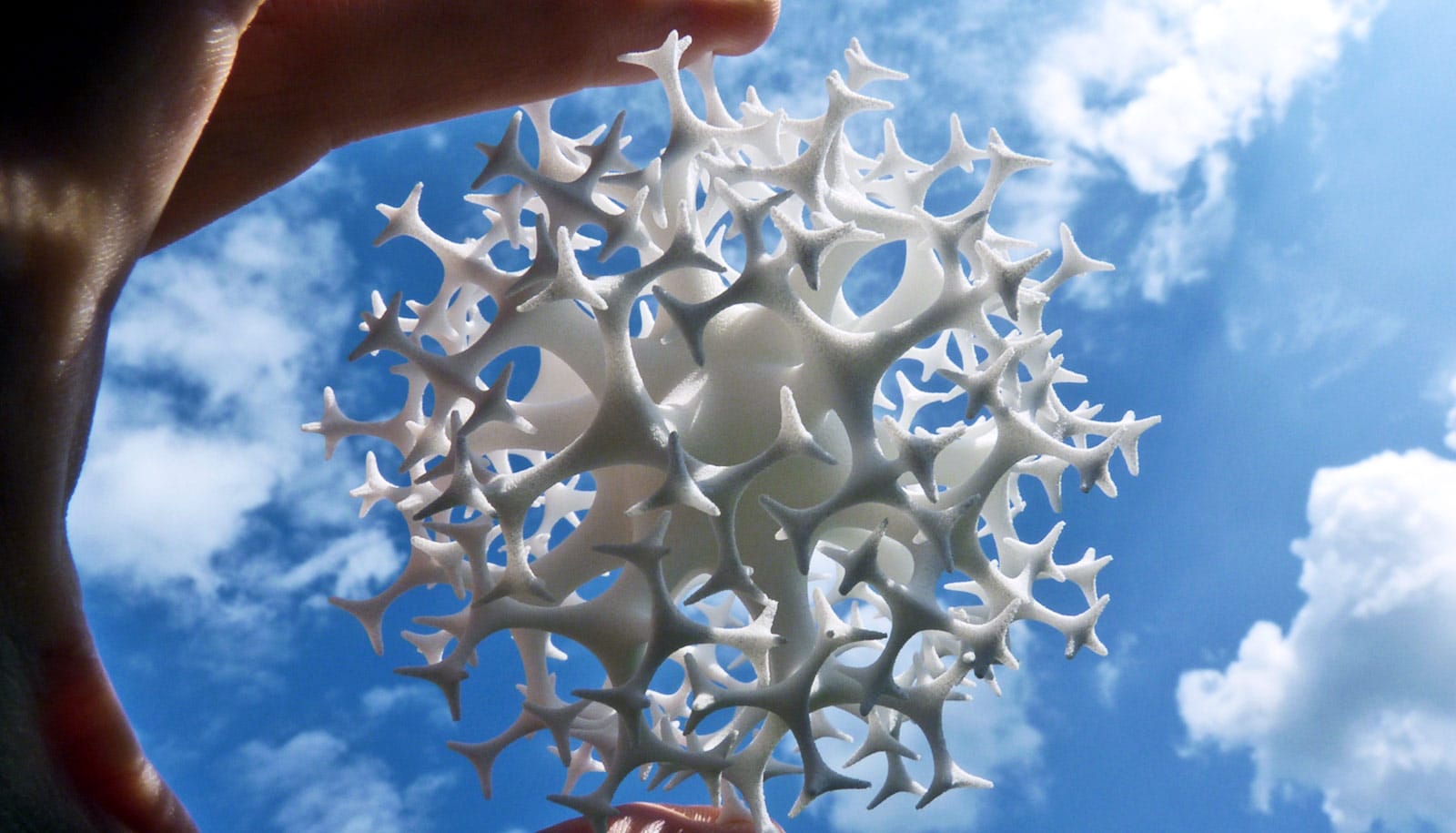Scientists can now use a tiny amount of paint to deliver conclusive evidence of forged paintings—even when the forgers recycle older canvases.
Art forgeries have been around since ancient times. But because the art market is booming, some people are tempted to copy historical paintings in the hope of making a quick buck.
The easiest way to spot these fakes is to establish that the materials are younger than the date of the painting. That is why, in an attempt to conceal the fake more effectively, modern forgers often use old materials or opt to paint over older artworks. The notorious Han Van Meegeren (1889-1947), who specialized in forging Vermeer paintings, was known to scrape the paint off old pictures and re-use it, thereby creating the illusion of a naturally aged painting.
The trouble with radiocarbon dating
Established in the 1940s, radiocarbon dating—aka carbon-14 dating—can identify forgeries because 14C atoms decay at a constant rate. Establishing the ratio of 12C to 14C atoms in a sample, and comparing it to reference values, can determine its age. On several occasions, the ETH Laboratory of Ion Beam Physics in Zurich has caused an international stir by using this method to confirm or disprove the authenticity of historical artifacts.
However, radiocarbon dating has one major drawback: using old materials can falsify the sample. A new solution to this problem appears in PNAS.

Nuclear weapons leave a trace
The first step is to find an ideal sampling location that contains only inorganic pigments. Using chemical methods, the sample is then purified until only 10 micrograms of pure carbon are left, which can then be radiocarbon dated. “We combined the well-known physical method with chemical methods to obtain a clear result,” says doctoral candidate Laura Hendriks in the Laboratory of Ion Beam Physics.
For the study, Hendriks tested her method on a famous case: Robert Trotter painted a picture in American primitive style folk art, signed it “Sarah Honn” and dated it “May 5, 1866 A.D.” At his subsequent trial, Trotter admitted to having painted the Sarah Honn fake in 1985.
The researchers analyzed two microsamples from this painting: a fiber from the canvas and a paint particle weighing less than 200 micrograms. “We can now measure significantly smaller samples than in the past,” Hendriks explains. Although the dating of the canvas was consistent with its attribution in the 19th century, the dating of the paint revealed the forger’s scheme.
Even if forgers use old paint particles as a disguise the pigments are mixed within a binding agent and this one carries the truth as it must be fresh for application.
Analyzing the binder is a complex undertaking due to the heterogeneous paint mixture. Nonetheless, in this case, the results are clear: the oil used as binder contains an excess of 14C, which is characteristic of the 20th century.
The deployment of nuclear weapons led to a dramatic increase in the 14C concentration in the atmosphere, meaning it’s possible to samples from this time with great precision. The seeds used to produce the binding agent were harvested between 1958-1961 or 1983-1989. This contradicts the date on the canvas and proves that the picture was painted after 1950—leaving no doubt that it is a modern fake. “This case study allows us to validate our method,” Hendriks says.
Admittedly, the jury is out as to whether the new method will enable authorities to track forgers down as a matter of course. Finding a suitable sample is not a straightforward task and requires the combination of other spectroscopic analytical tools, which demands both time and money. Nevertheless, the new process has the potential to validate the authenticity of famous paintings.
Hendriks also worked for the group that Detlef Günther leads in the ETH Laboratory of Inorganic Chemistry.
Source: ETH Zurich



